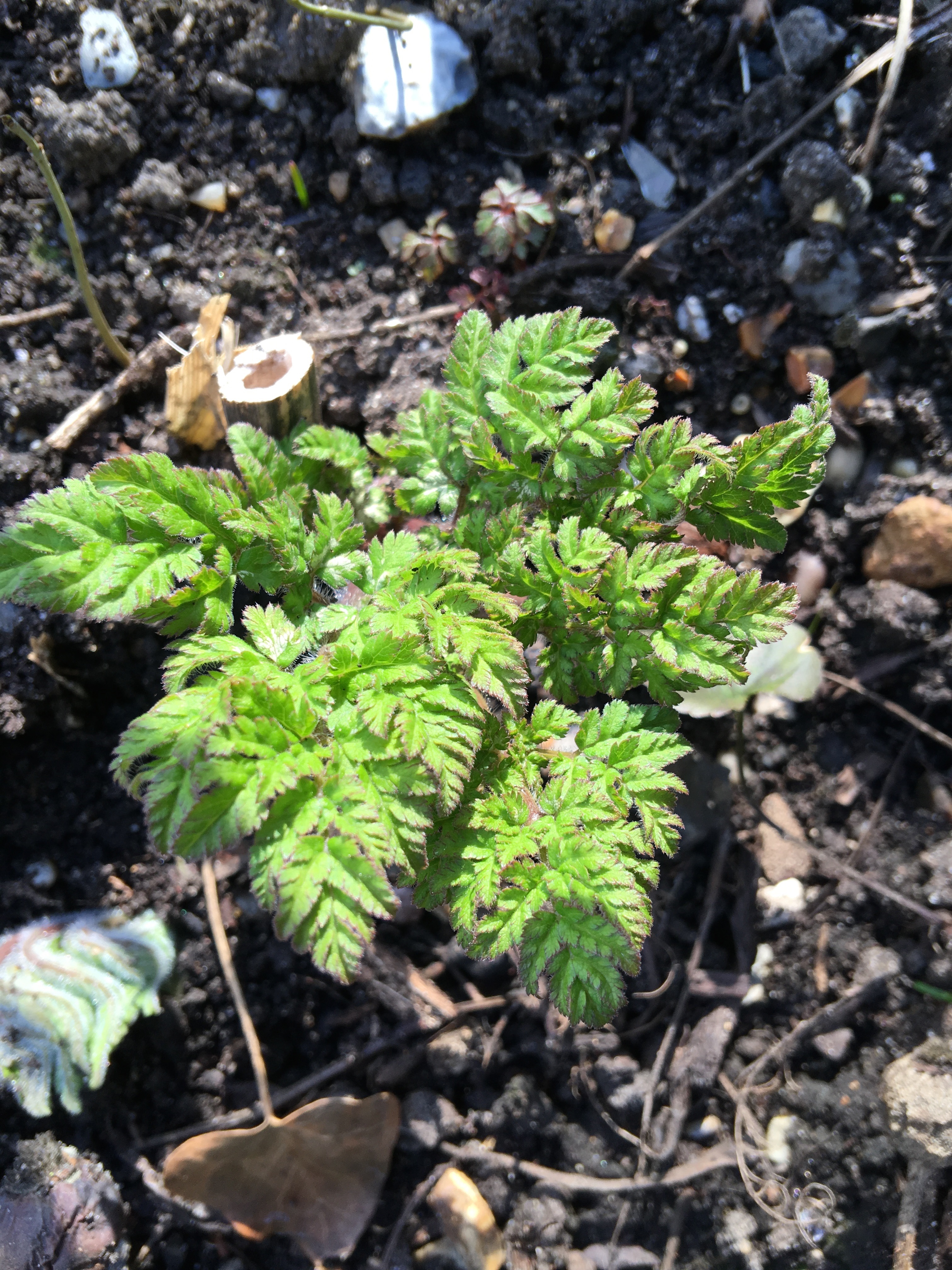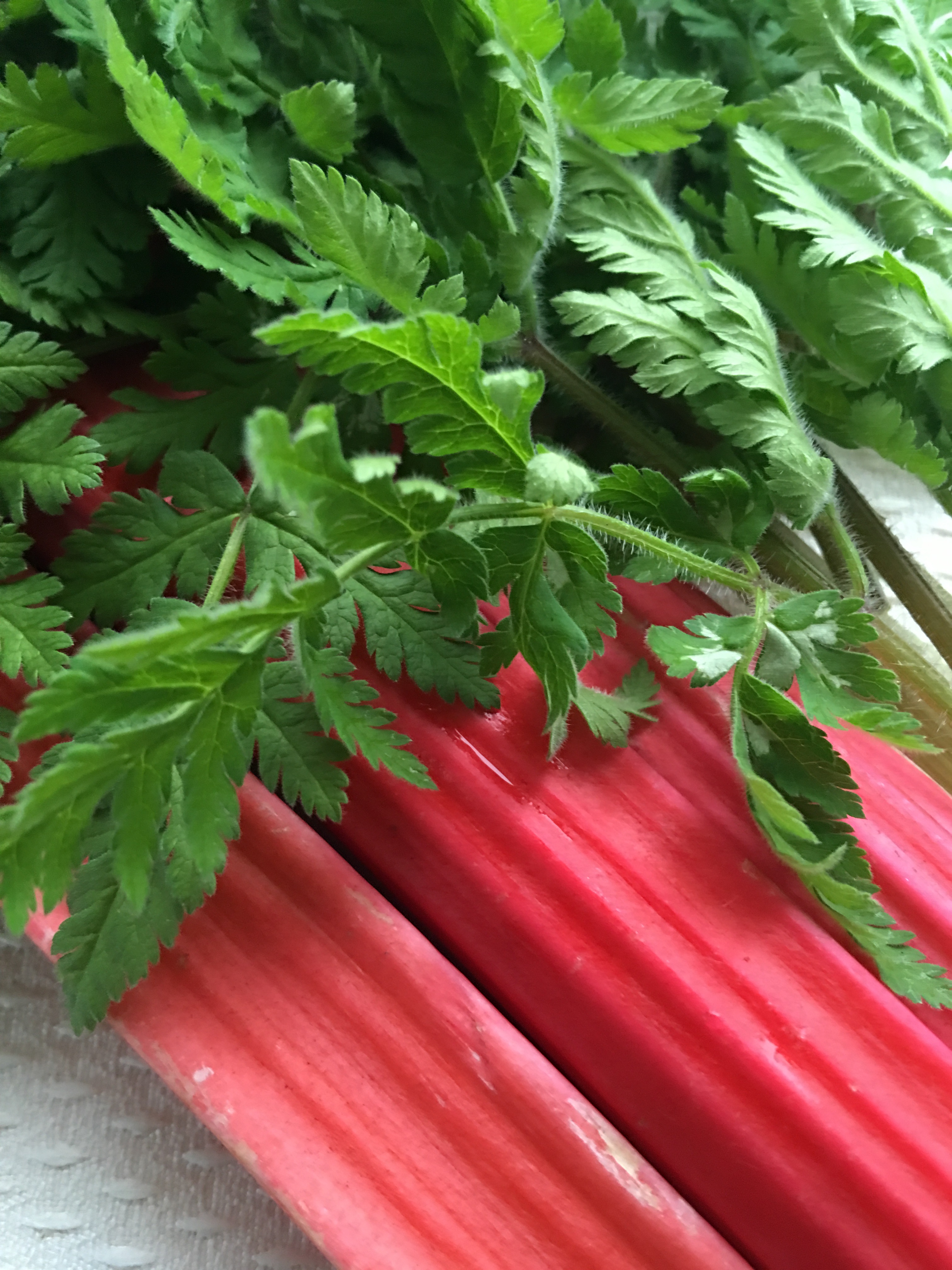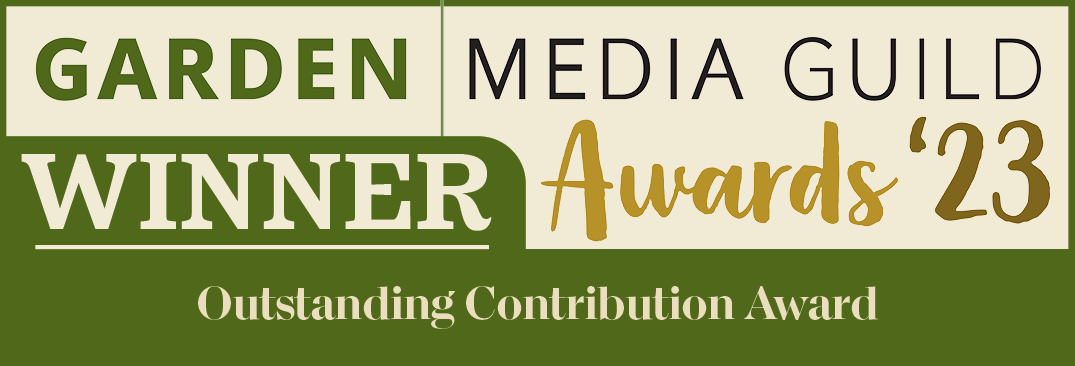It is that time of year when rhubarb on the allotment and in my home garden is starting to send up strong stems ready for picking. Beware if you are sweet-toothed, as I am not one to add sugar to rhubarb (or to almost any fruit, really). For rhubarb I always use an old-fashioned and often difficult to buy herb sweet Cicely (Myrrhis odorata) to reduce the sharpness or acidity of the rhubarb. People say that you can reduce by half the amount of sugar you would normally add, but that doesn’t affect the way I prepare the dish – with no sugar, just sweet Cicely.
I have purchased plants from specialist nurseries in the past, sown seed from the plants in the garden or obtained seed from Chiltern Seeds (www.chilternseeds.co.uk), one of the companies that does stock sweet Cicely seed. Sow the seed in autumn or keep it in the fridge for four weeks before sowing it in spring into single pots. When all frost danger is over, you can plant up your seedlings.

In March I noticed that the clump of sweet Cicely that grows in one of my borders was just beginning to emerge from its overwinter slumbers. It is a great perennial for the flower border, but it also has many culinary uses. This year, though, it seemed slower than usual to produce its stems of soft and feathery, almost fern-like foliage. But the wait is over now and I am harvesting rhubarb and sweet Cicely together. I add a large handful of foliage to the rhubarb, sliced oranges and a small amount of water, not even to cover the rhubarb. I let it simmer gently for about ten minutes so that the rhubarb keeps its shape.

Sweet Cicely grows to a height of 60–90cm and in summer produces large umbels of small white flowers. The flowers are followed by large black seeds, which have an aniseed flavour. I always cut it back after flowering, though to ensure new leaf growth for late summer use. If you do leave it to set seed, then you can use the seeds for their aniseed flavour in cooked fruit dishes and for flavouring beef or venison casseroles.


Thanks for the reminder about sweet Cicely. I used to grow it two gardens back and had forgotten how pretty it is. And it does have an irresistible name.
Sweet Cicely has good foliage and flowers and the seed is dramatic as well. It does a good job in the perennial border, where mine is. Although it seeds itself about you, can control this by taking off the spent flowerheads and the seeds are relatively large, so easy to collect. I have just noticed that I now have a second plant in another part of the border, quite well-placed for random! Hooksgreen Herbs (www.hooksgreenherbs.com/myrrhus-odorata-sweet-cicely-buy-herb-seeds-online/) also has seeds of Sweet Cicely and sells plants, mail order, and at shows, such as the RHS Malvern Spring Festival (www.rhsmalvern.co.uk).
Be careful as in my garden it is a thug and I have to control it !